Editor’s Key Takeaways: Mastering White Balance for Perfect Photos
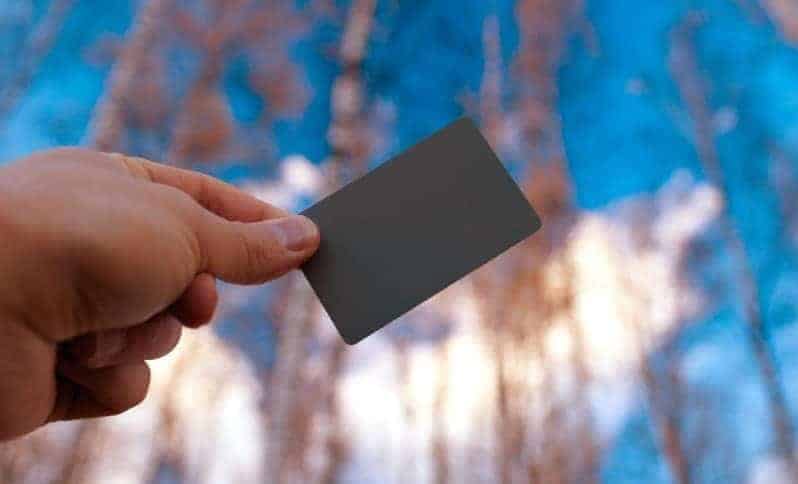
Understanding and mastering white balance can significantly enhance your photography. Here’s a breakdown from the blog post to guide you through it:
- Definition: White balance corrects color casts in your photos, ensuring colors appear natural by adjusting for the lighting conditions.
- Color Casts: Light varies in color temperature; sunlight can range from blue (cloudy) to yellow (afternoon) and artificial lights like neon can add green/purple tints.
- Process:
- Choose a preset white balance mode on your camera: Daylight, Cloudy, Shade, Tungsten, Fluorescent, Flash.
- Utilize auto white balance (AWB) for the camera to select the optimum balance automatically.
- Set a custom white balance for more control under specific lighting conditions.
By understanding these core concepts, you’ll be able to set your white balance confidently, ensuring your photos appear more stunning and true-to-life.
Introduction
Do you struggle to understand white balance? Do you want to know what white balance is and how to choose the perfect white balance for your photos?
It’s a common issue.

But while white balance may seem a bit technical, it’s actually pretty easy to understand–once you know a few key pieces of information. That way, you can set your white balance confidently, to ensure that your photos always look as stunning as possible.
Let’s get started.
What Is White Balance?
White balance refers to the process of correcting color casts in your photos.
You see, light is very rarely pure white; instead, it sits somewhere along a blue/yellow spectrum, with cloudy light appearing cold and blue, late afternoon sunlight appearing warm and yellow, and sunny midday light appearing somewhere in between (but still not a pure white).
Note that light can also move along a green/purple spectrum. This is uncommon in natural lighting but does occur with artificial lights (think neon lights).
Now, when you have lighting that’s not pure white, we say it has a color cast. And this color cast will then be captured by your camera, resulting in tinted photos–unless we correct this through the process of white balancing.
For instance, here is a photo with a cold color cast, which you’ll get if you photograph in shade:
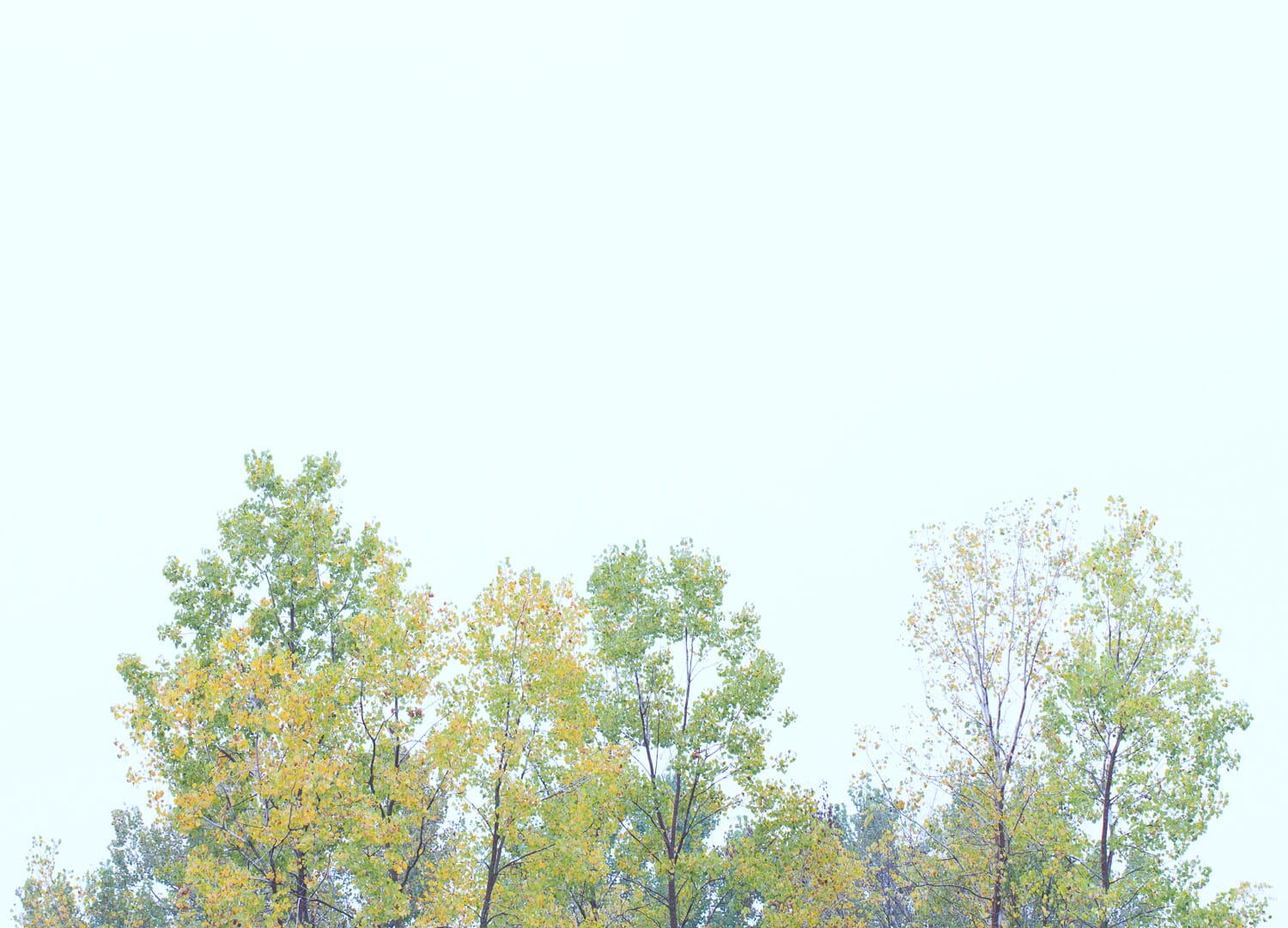
For a sense of the color cast, compare it to the more color-neutral alternative:

And here is a photo with a warm color cast, which you’ll get if you photograph under late afternoon sunlight:
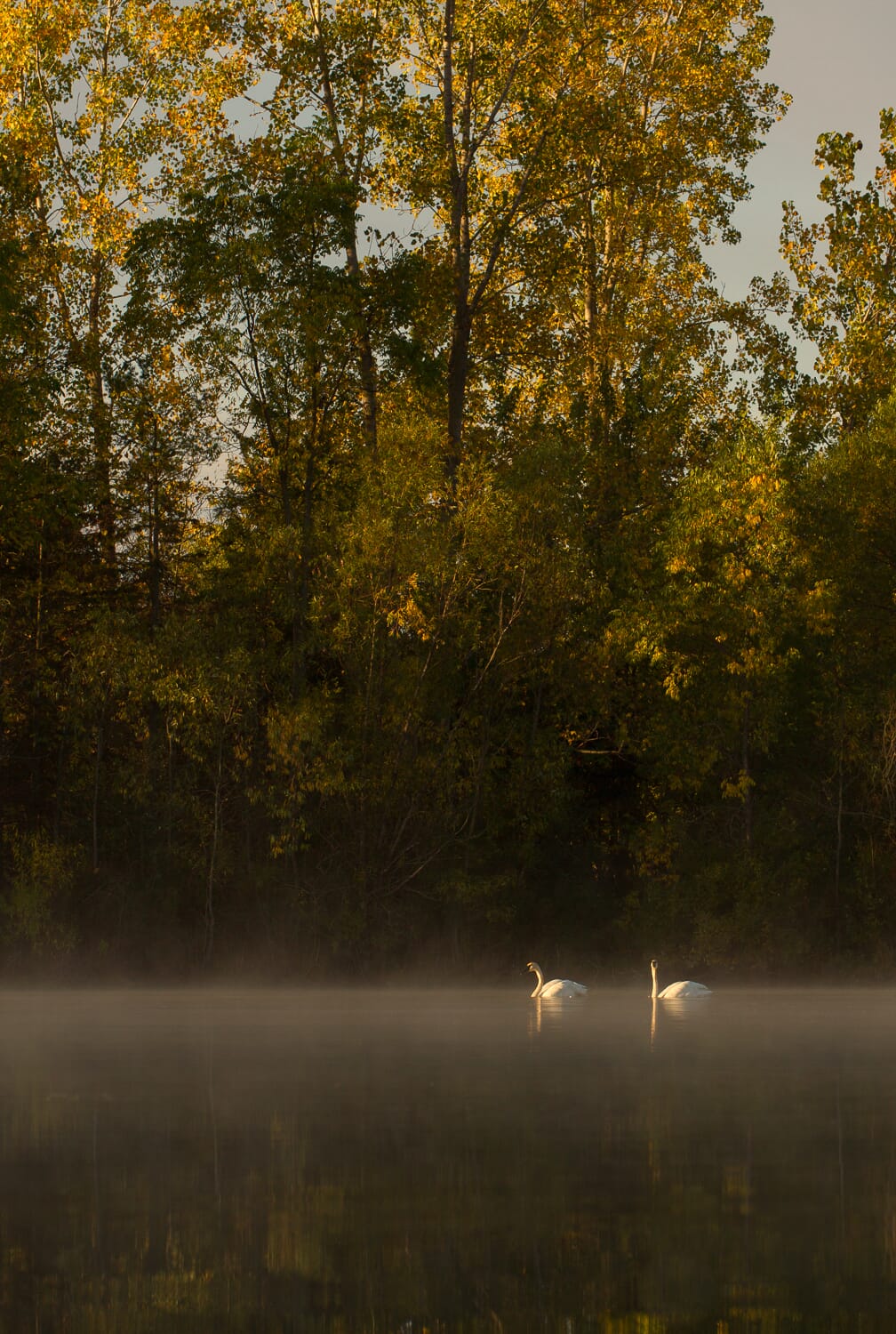
Which is noticeably warmer than the more neutral version:

The White Balance Process
You can perform white balancing in one of two ways.
First, you can carefully select a white balance for your camera to use while out shooting. Cameras generally offer five or six basic white balance modes, such as:
- Daylight
- Cloudy
- Shade
- Tungsten
- Fluorescent
- Flash
Your camera will also have an auto white balance (AWB), which allows it to choose the white balance for you. And some cameras include a custom white balance mode, where you can set the white balance yourself using a gray card (more on that later!).
So you can set your white balance in the field, paying careful attention to the light and making the necessary adjustments.

Or you can use the second method of color correction:
Doing all the white balancing after the fact, during post-processing.
This involves opening up the photo in a program such as Adobe Lightroom, and selecting the correct white balance (or, if you like, choosing the white balance manually by way of the temperature and tint sliders).
Both of the white balance methods I’ve given work well, but they depend on something very important:
File type.
White Balance and RAW vs JPEG Files
Most modern cameras give you the option of shooting in two file formats:
The RAW file format.
And the JPEG file format.
Basically, RAW files include all of the information captured by your camera at the scene. JPEG files, on the other hand, are compressed–so they include some, but not all, of the originally captured information.
Why is this important?
Because with RAW files, you’re free to change your white balance in a post-processing program. Of course, you can use the white balance you chose while out shooting, but you’re not stuck with it. You can switch to different white balance settings (e.g., you can go from Cloudy to Tungsten), or you can manually alter the white balance.
This isn’t true for JPEG files. Once your photo is converted from RAW to JPEG, the white balance is locked in. It becomes part of the photo–and while you can make some changes to the color temperature, you won’t have nearly as much flexibility as you do with a RAW file.
For this reason, I recommend you always shoot using the RAW file format. If you don’t want to have to process RAW files, then shoot RAW+JPEG, which will give you two photos: the original RAW image, and a JPEG created by your camera. That way, you can use the JPEG if you like it, but you’ll never feel like you missed out on an opportunity because you messed up the white balance settings.
For example, this photo was taken in RAW, then converted to a JPEG after editing:
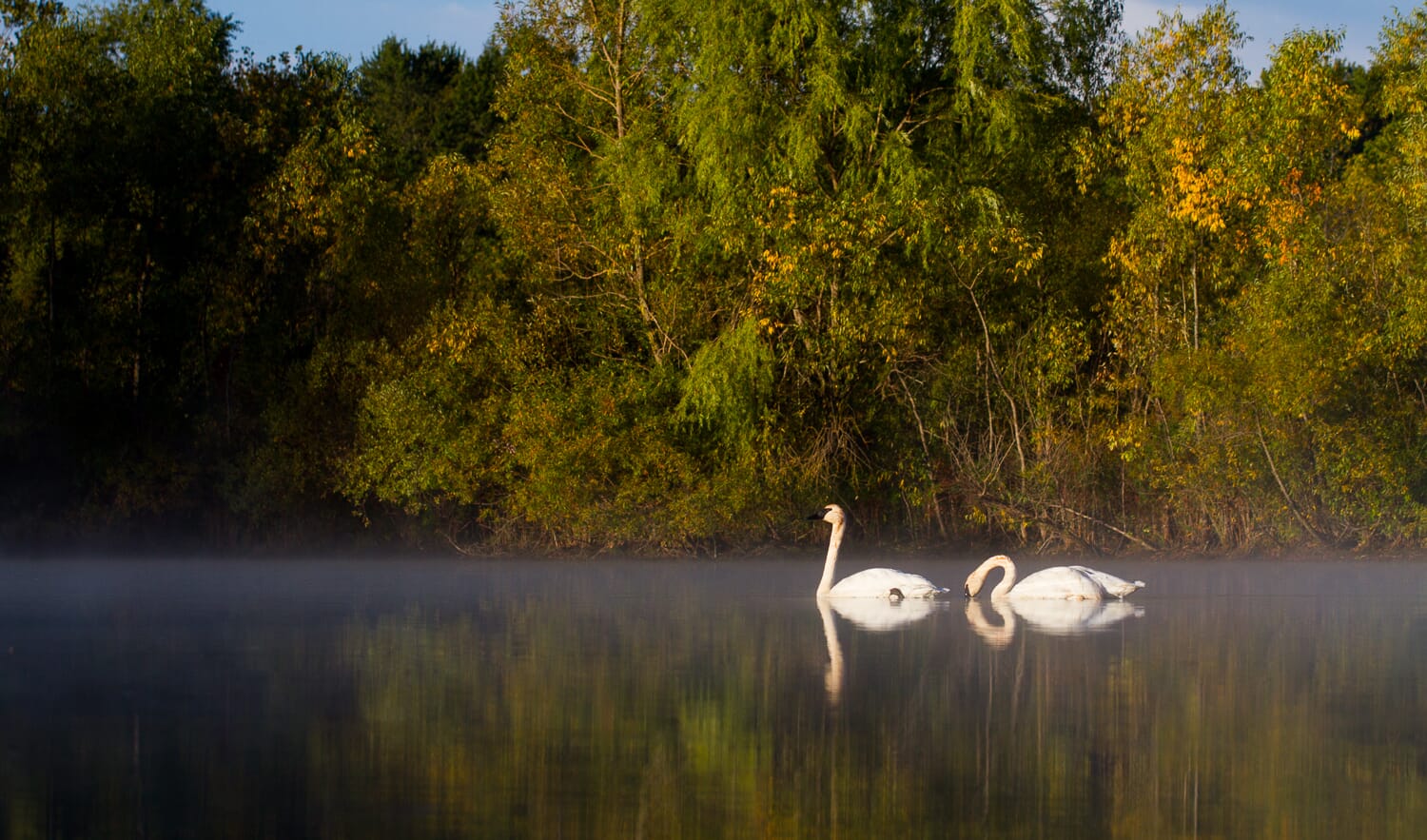
Also Read: RAW vs JPEG and Why RAW is Better
Selecting White Balance in the Field
When it comes to choosing a white balance in the field, you have a few options.
But first, note that you must pick a white balance. There’s no such thing as turning your camera’s white balance off, even if you plan to deal with it during post-processing.
So if you’re the type of photographer who wants to choose your white balance using a post-processing program, I recommend you leave your camera set on Automatic White Balance. That way, your camera will do a decent job of choosing the white balance, and you’ll be free to tweak it in post.
I used Automatic White Balance to capture this image:
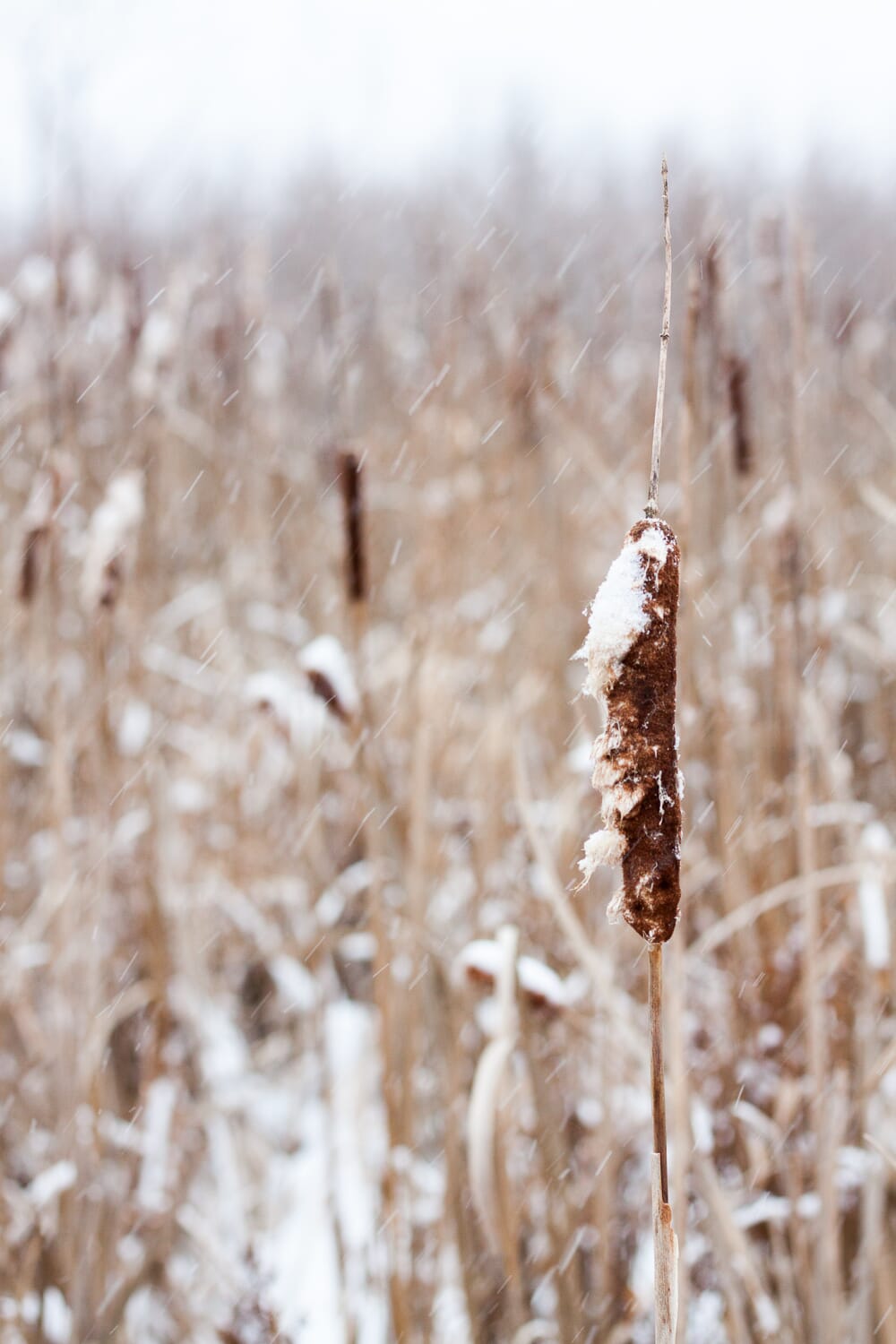
If you’re the type of photographer who wants to deal with things completely while out shooting, you can observe the light, then choose the white balance mode that most closely corresponds to your situation.
You can also use the custom white balance setting to select the perfect white balance in-camera.
First, you’ll need a gray card, which you should hold in front of your subject. You’ll need to move in close, so that you fill the frame with your gray card. Then set the white balance to Auto and take a photo.
The next steps depend on your camera make/model, but you should have a Custom White Balance option in your camera menu. If you select this option, your camera will allow you to select the image you’ve just taken to use for custom white balance calibration.
Finally, change your white balance setting to Custom, and shoot away!
Selecting White Balance During Post-Processing
If you prefer to deal with white balance during post-processing, then (as mentioned above), you should use the Auto White Balance setting in the field.
Then, when you open up your image in post, you often won’t have to make adjustments.
But when you do need to make white balance adjustments, it’s very easy. Most post-processing programs include a white balance color picker; all you have to do is click on an area of the photo that should be neutral in color (that is, gray or white), and the software will do all the work for you, setting the white balance based on your selected area. You can also make manual adjustments if you don’t like what the color picker produced (or if you don’t have a neutral area of your photo).
The swans in this photo are meant to be white, so you can select a patch of feathers to determine the proper white balance:
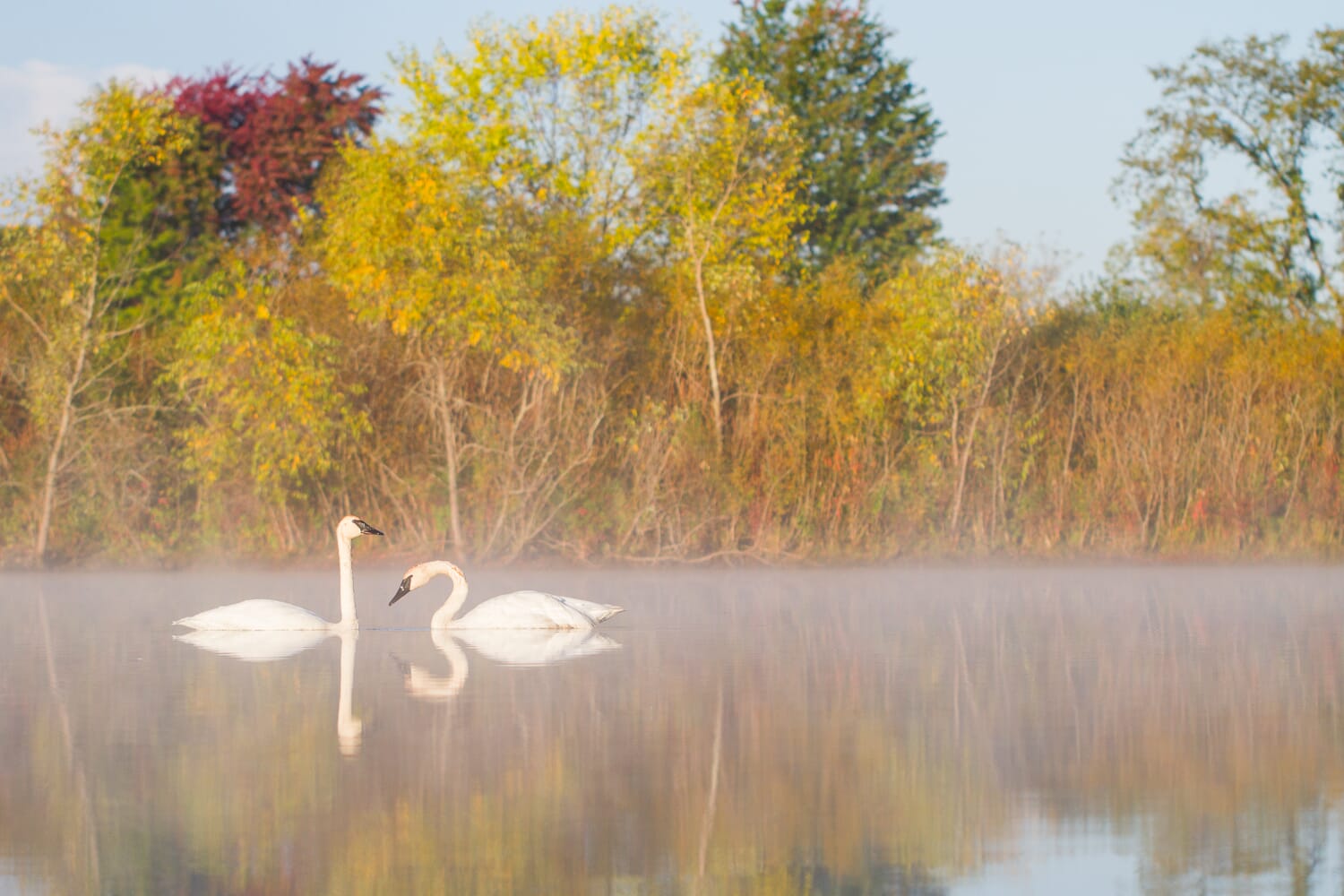
Note that if you like to choose your white balance in post-processing, but you want to get it done fast, you have another option:
Simply place a gray card in front of your subject when out shooting. Then use the color picker to select the proper white balance using this gray card.
Your photo will immediately be corrected, and you can apply the same white balance settings to every other photo from the shoot.
Cool, right?
Do you see what I mean? Adjusting the white balance for creative outcomes is a way of doing basic color grading, which can really take your photos to the next level!
How to Use White Balance to Evoke Different Moods
Even though this article has been about color correcting with white balance…
…sometimes it makes sense to choose a white balance that’s technically wrong, in order to evoke a particular mood.
In other words, you don’t always need to choose the perfect white balance setting.
For instance, for a starker, bleaker mood, it can make sense to adjust your white balance in the blue direction. That way, you can create a cold photo, like this:

And for a more upbeat mood, warmer colors often do the trick:

Related Posts
What is the white balance?
White balance is the process of balancing out color casts from impure light. In other words, you use the white balance to deal with light that is yellow (warm) or blue (cold). If you don’t choose the proper white balance, your photo may end up with an unpleasant color cast.
Can you always use automatic white balance?
The automatic white balance setting does a good job, and will work well for most scenes. But it fails when the scene has an imbalance of color. So if you’re shooting a scene with lots of oranges, for example, the automatic white balance will incorrectly cool down your photo to compensate. And if you’re shooting a scene with lots of blues, the automatic white balance will incorrectly warm up your photo in response. That’s why, in situations where white balance is extremely important, you should use a gray card (or adjust the white balance in post-processing).
How do you choose the best white balance in the field?
To choose the perfect white balance in the field, you have a few options. First, you can choose the white balance mode that most closely corresponds to the lighting situation (e.g., if you’re shooting under cloudy light, you can use the Cloudy white balance setting). You can also take a photo of a gray card, and use it to set the custom white balance option, or you can simply set the auto white balance setting (which works well, but not perfectly).
How do you choose the best white balance in post-processing?
To choose the perfect white balance in post-processing, use the white balance color picker. Simply identify an area of your photo that’s supposed to be a neutral color, then click on it with the color picker. The entire photo will be adjusted to match!
Can I adjust the white balance of a JPEG?
Technically speaking, you can adjust the white balance of a JPEG photo. However, JPEGs are much more limited in terms of the changes you can make, because the white balance is already somewhat cemented into the photo. If you want to be able to correct the white balance of your photos in post-processing, you should try shooting in RAW instead, which allows you to make any white balance adjustments you desire.
